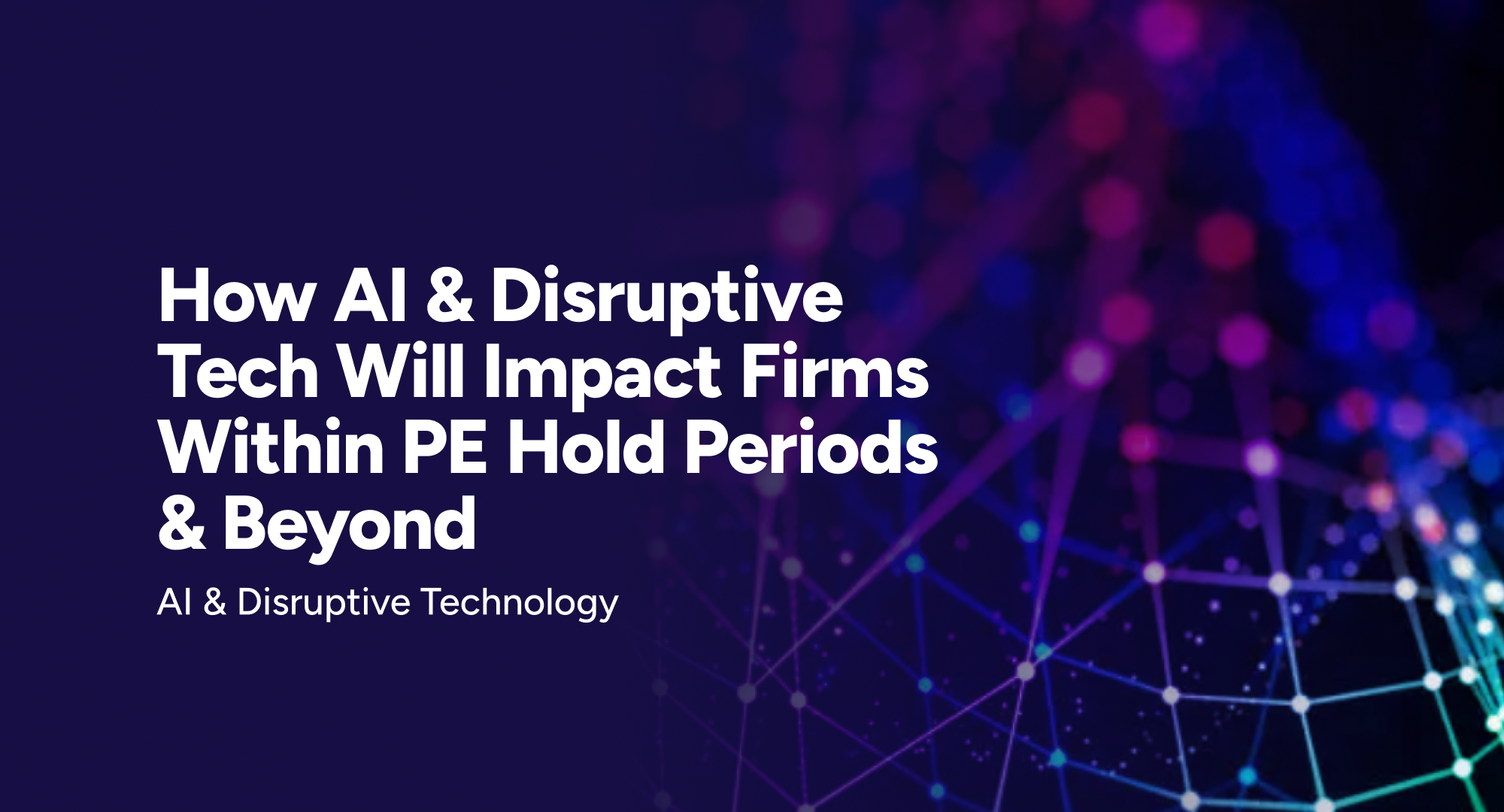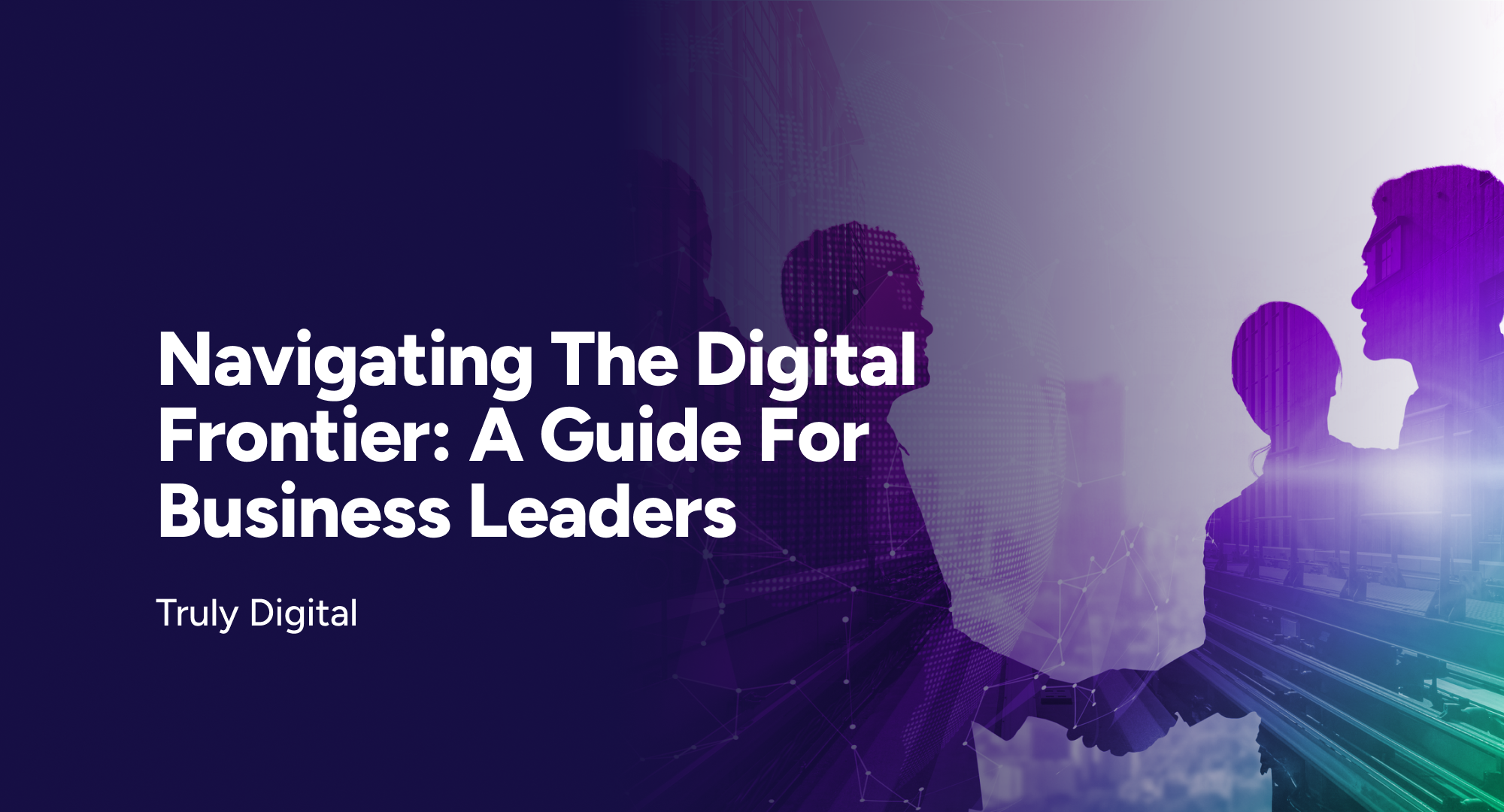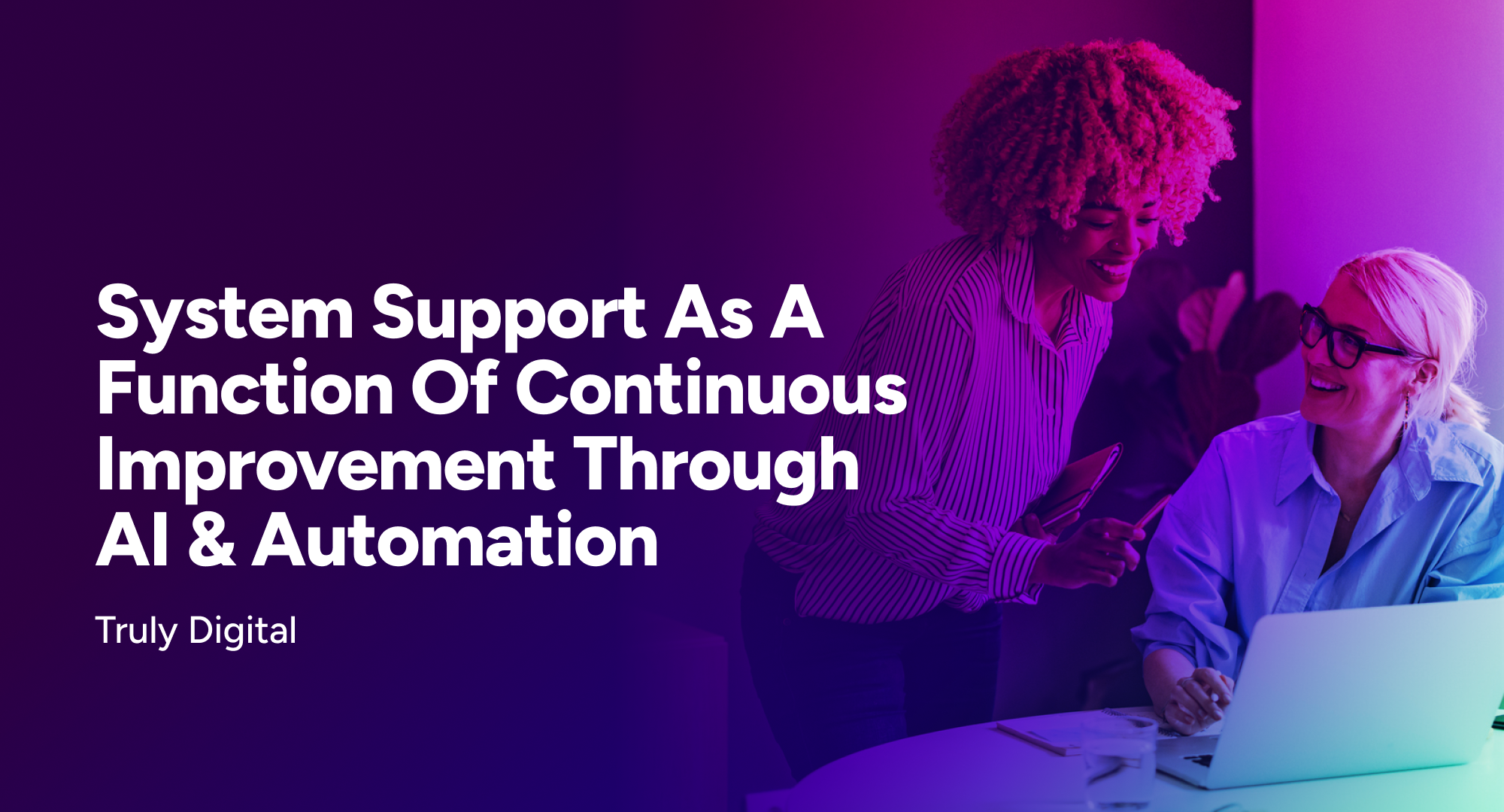- AI and disruptive technologies (generative AI in particular) have the capacity to impact businesses far quicker than previous technological advances
- The timescales have collapsed to the point where significant value can be created or lost within a typical PE hold cycle
- PortCos therefore need to have a strategy that will pre-empt the market, protect against competitors or improve operational performance
The last few years have seen private equity deal volumes reach new highs, and this growth increases competition and results in higher valuations. To justify paying the increased multiples, PE firms are under increasing pressure to significantly enhance operational value to achieve the required returns. This trend has led to increased focus on value creation levers as a contribution towards value realisation. As the importance of operational value creation increases, PE leaders recognise the lack of value creation planning as being one of the most difficult issues to overcome.
At the same time the rapid emergence of disruptive technologies driven by SaaS firms and more recently generative AI have changed the way firms look at technology. Generative AI in particular has the capacity to impact businesses far quicker than previous technology advances. The timescales have collapsed to where PE can now reasonably expect to deliver high ROI multiples from tech investments within a typical PE hold cycle.
Alongside the opportunity for value creation, PE now also need to recognise the potential for AI & Disruptive Technology to threaten their PortCo investments as the competition races to adopt new technologies. In some industries the threat of disruption is more profound as industry business models and value chains are deconstructed and reset.
PE leaders are frequently tasked with value creation planning before the investment is agreed. This approach provides a more detailed appreciation of the potential operational value to be unlocked. Further, it gives the PortCo the longest possible window to deliver the changes into the operating model and begin to accrue returns on the investment.
With the tech landscape changing at unprecedented rates the key challenge for PE leaders is to see through the smoke and determine which opportunities represent the best opportunity for value creation and which are simply hype. Which opportunities can improve performance? Which ideas could help drive product and service innovation and protect or grow market share, and how is the industry vertical changing in response to new tech? What are the new value chains emerging and how does their business model need to adapt to the new normal?
These are all questions that need answering. The question we hear most at Panamoure from PortCos can be boiled down to something along the lines of ‘what are the no-regrets but necessary steps we can take to best prepare for the future?’
In our upcoming insight article we answer this question and take a look at what the foundations are for a successful AI strategy.







